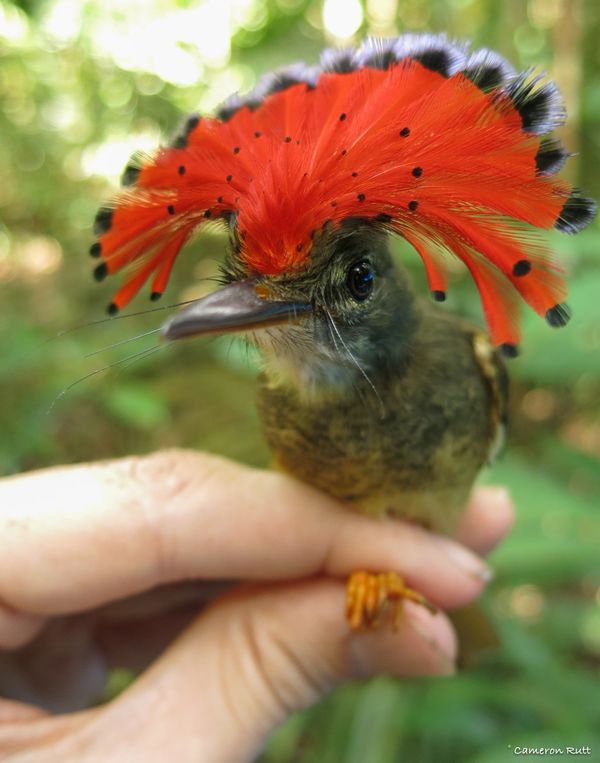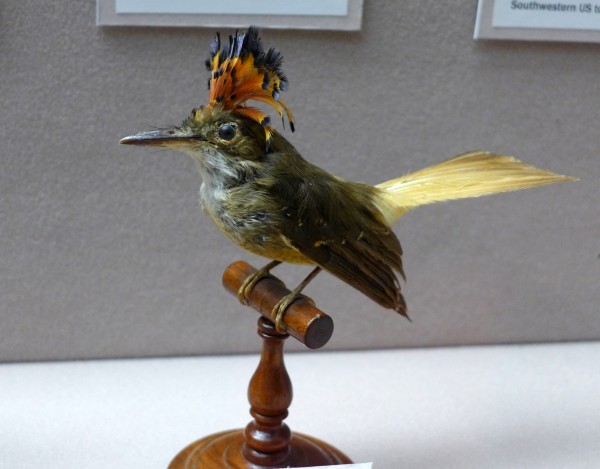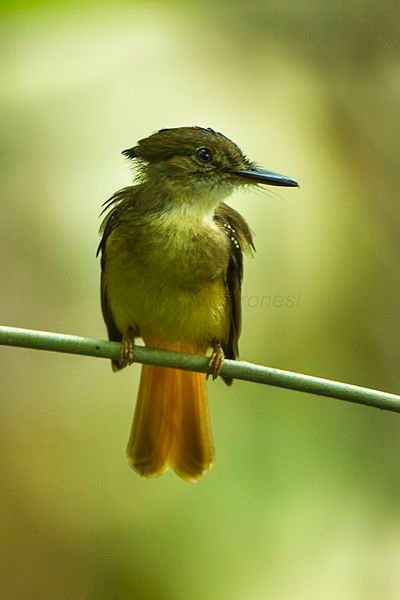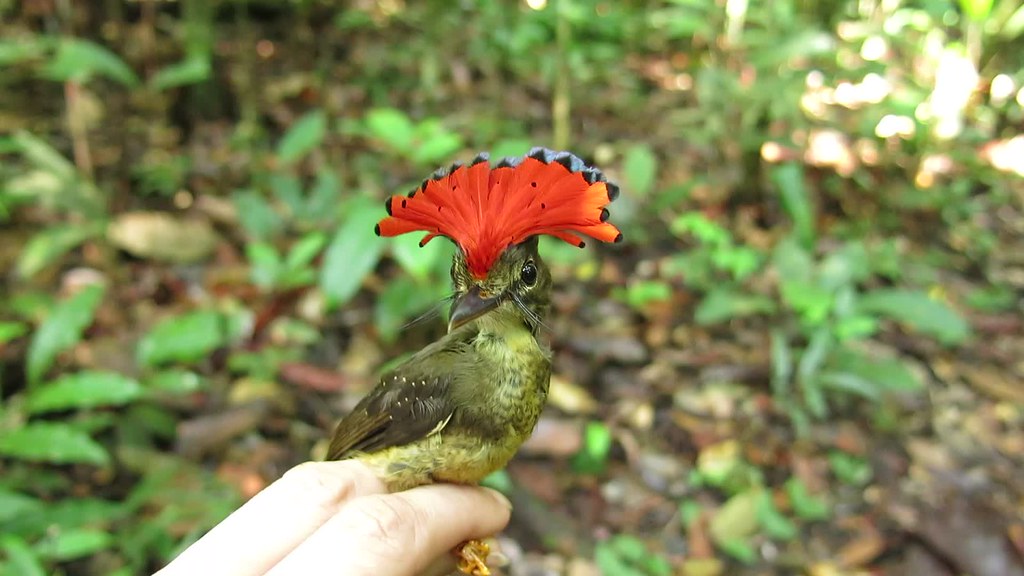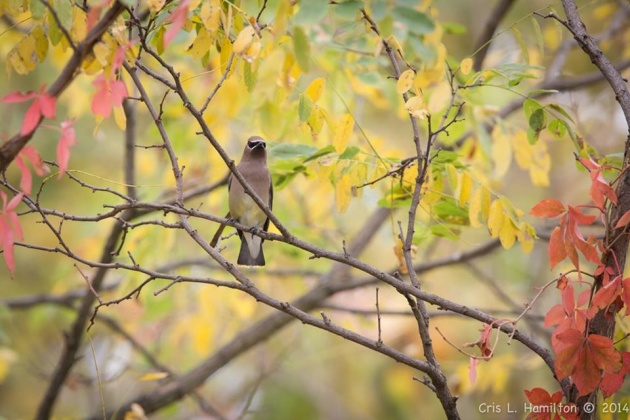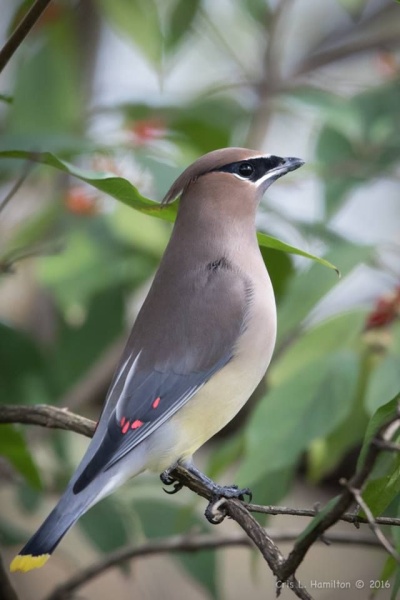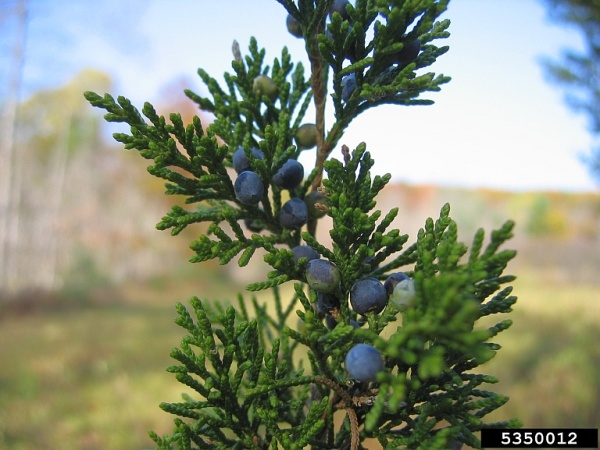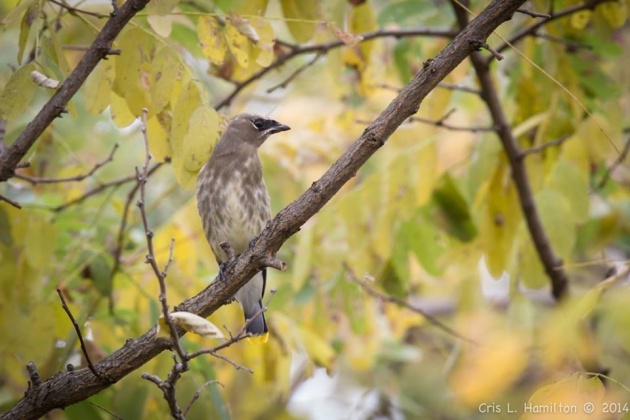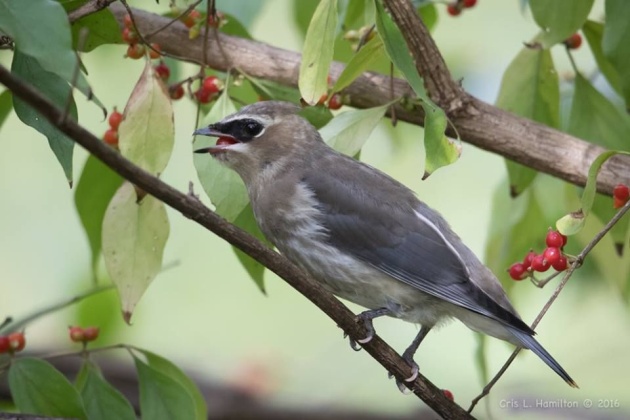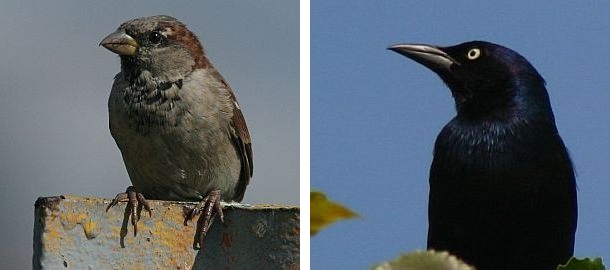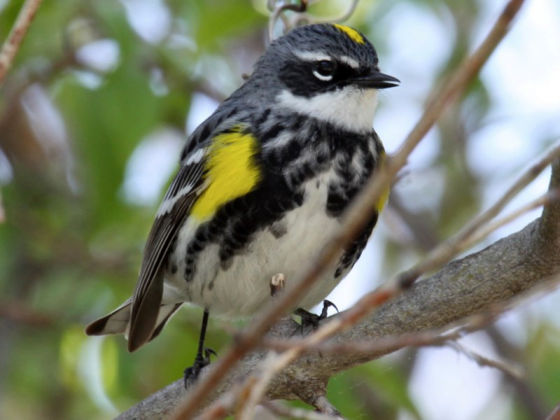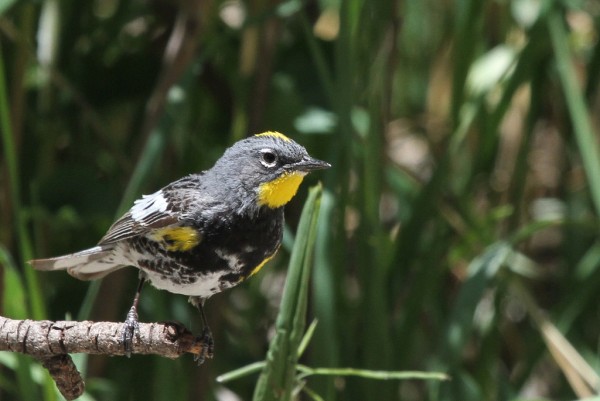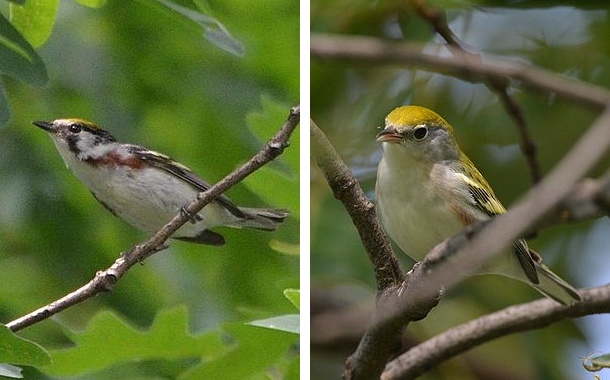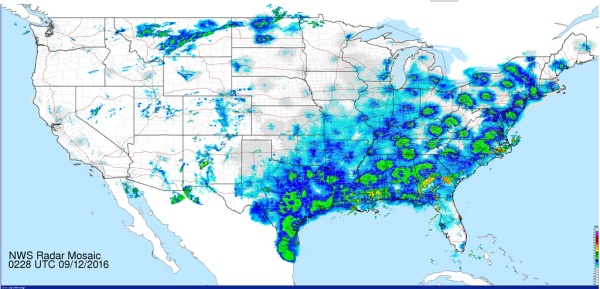
What species was the last bird you saw in 2016? Which one was your first of the new year?
Mine were the same species. Black birds in a black sky. American crows. Here’s why.
Yesterday was the Pittsburgh Christmas Bird Count. I counted birds in my neighborhood (best bird: red-breasted nuthatch) and gave tips to Schenley Park’s counter, Mike Fialkovich, on where to find the best raptors.
By noon, Mike had not seen the eastern screech-owl nor the merlins, and he’d only seen one peregrine at Pitt. Oooo! I carved out some time at dusk to run over to Schenley and have a look. Mike did too, but I didn’t know that.
Dusk came early. At 4pm I raced around by car and on foot to find the owl (yes!) the merlins (yes!! two!) and both peregrines (alas, none). Interestingly, Mike and I saw the merlins at the same time but did not see each other.
Meanwhile, I couldn’t help but see hundreds of crows coming in to Schenley and Pitt for the night, still flying after sunset. By the time I got home no other birds were out. Crows were my Last Bird of 2016.
This morning before dawn they flew over my house on their way from the roost. American crows were my First Bird of 2017.
Happy New Year!
p.s. When I stepped outdoors to hear the crows, I heard an unexpected Second Bird of 2017: an American robin singing his spring song, Cheerily Cheerio.
(photo by Peter Bell)
